For centuries, people have turned to nature to treat common ailments, long before pharmacies existed. Today, interest in homegrown natural remedies is stronger than ever — and for good reason. Medicinal plants not only offer health benefits but also add beauty, fragrance, and ecological value to your garden. From soothing teas to healing salves, these plants can provide everyday relief for headaches, colds, stomach troubles, and more. In this guide, discover 10 must-grow medicinal plants you can cultivate at home for simple, natural wellness solutions.
1. Aloe Vera (Aloe barbadensis miller)
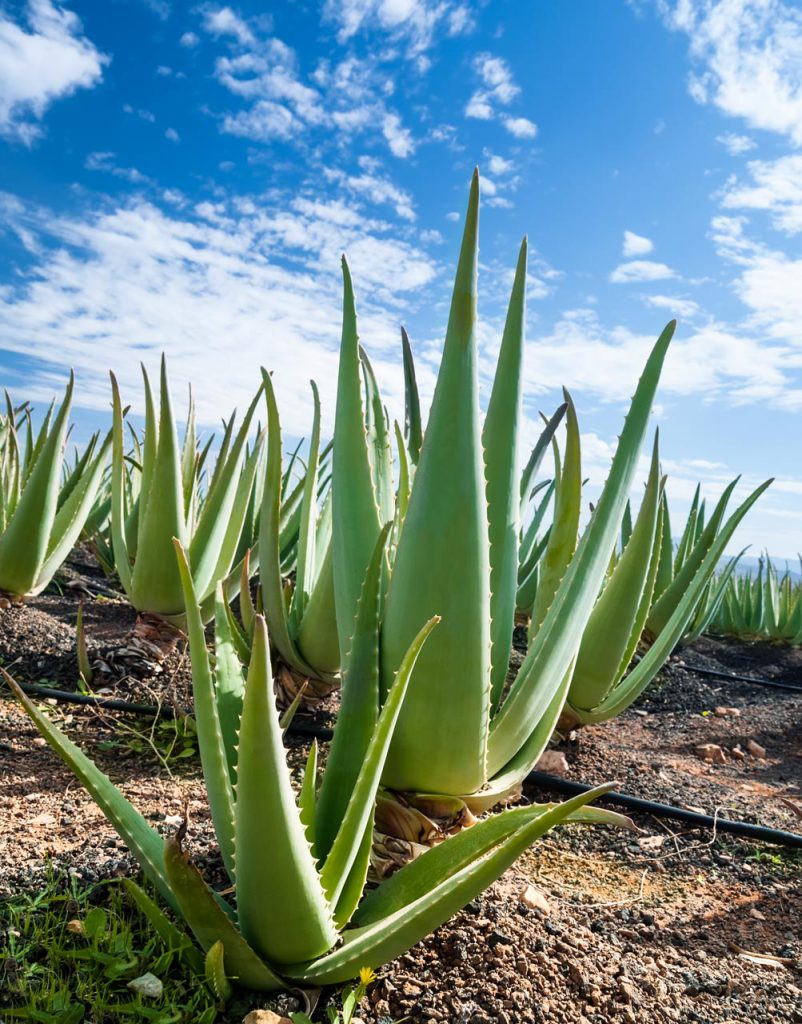
Aloe Vera is a well-known medicinal plant, famous for its soothing gel used to treat minor burns, sunburn, skin irritations, and cuts. The fleshy, sword-like leaves store a cooling gel rich in antioxidants and vitamins A, C, and E, which promote skin healing and hydration. It’s also used in hair masks and digestive tonics. Aloe thrives in bright, indirect light and well-draining soil, making it a perfect indoor plant or addition to a sunny balcony garden.
2. Peppermint (Mentha piperita)
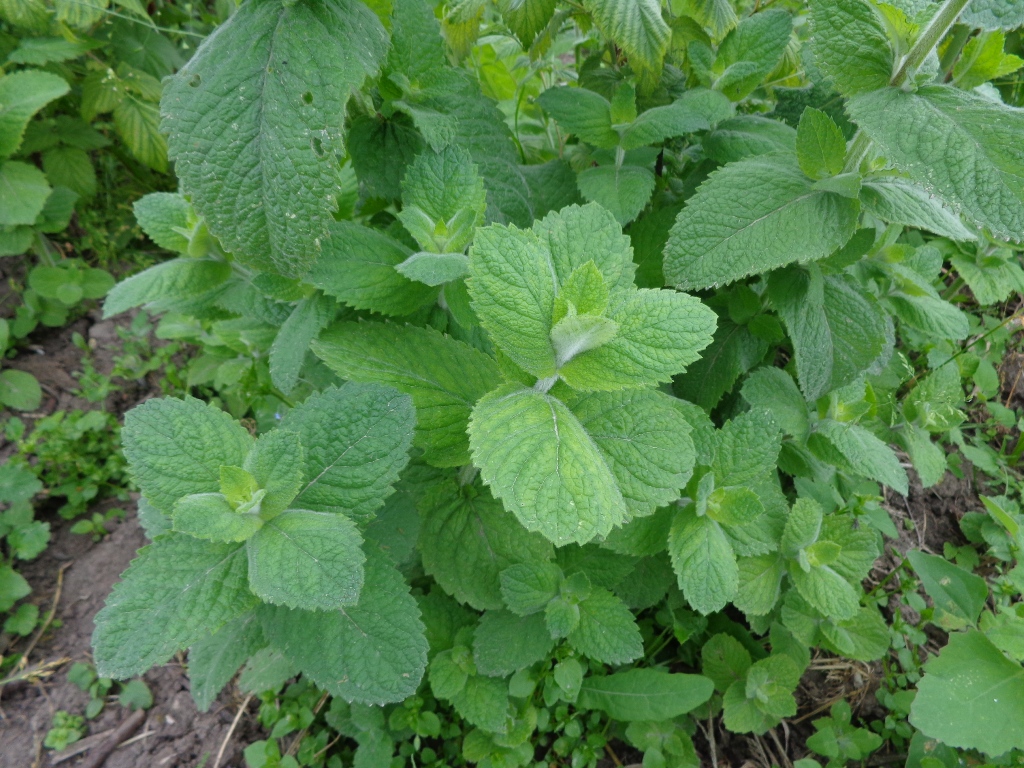
Peppermint is cherished for its refreshing aroma and wide array of health benefits. Its leaves can be brewed into tea to ease digestion, relieve nausea, and soothe headaches. The menthol in peppermint acts as a natural decongestant and muscle relaxant. Growing peppermint is easy — it flourishes in moist, well-drained soil and partial shade. Due to its fast-spreading nature, it’s best grown in containers to prevent it from overtaking your garden beds.
3. Chamomile (Matricaria chamomilla)
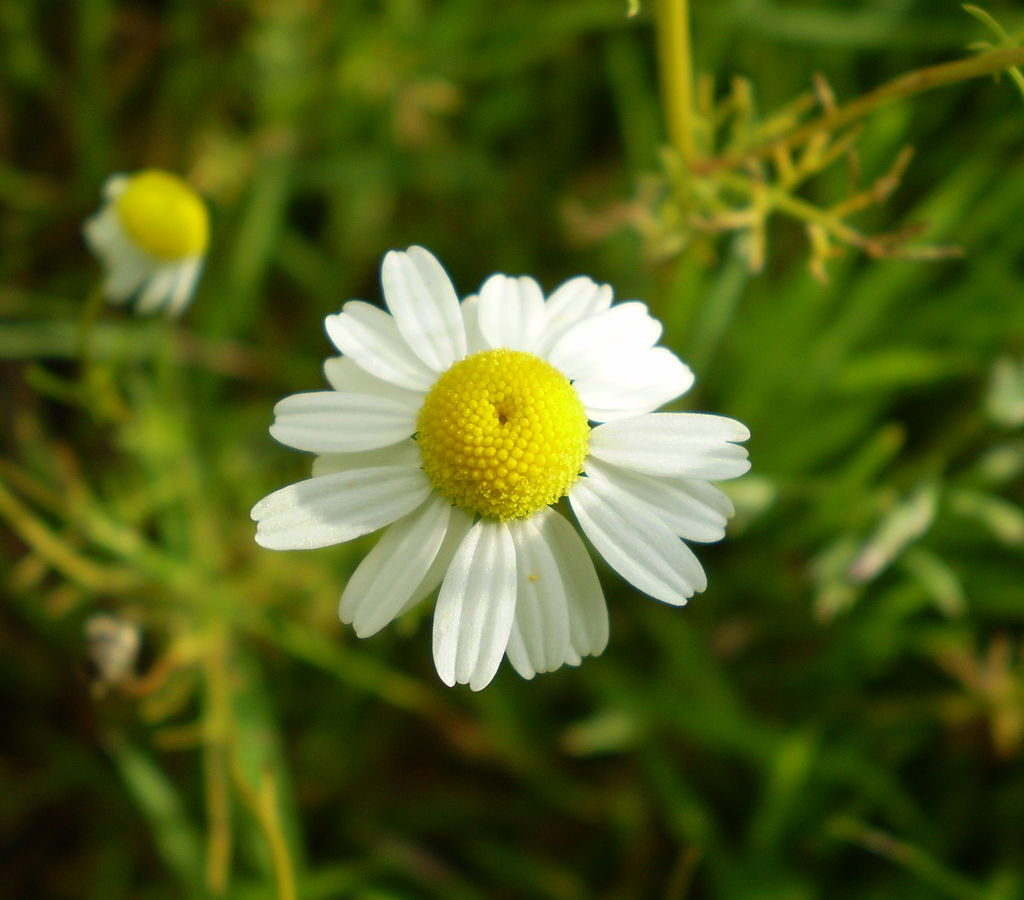
Famous for its calming effects, chamomile has long been used to promote sleep, reduce anxiety, and ease indigestion. Its daisy-like flowers can be dried and steeped into a mild, soothing tea or used in baths to relieve skin irritations and inflammation. Chamomile thrives in full sun and well-drained soil, making it an easy addition to herb gardens. Regular harvesting of the flowers encourages more blooms throughout the season.
4. Lavender (Lavandula angustifolia)
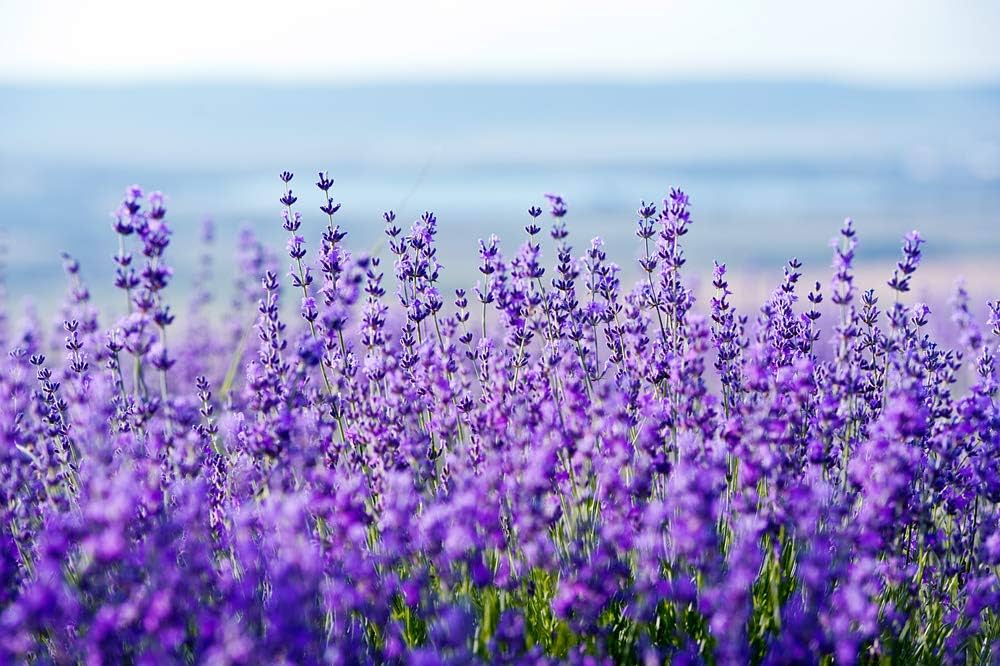
Known for its beautiful purple flowers and relaxing scent, lavender is an excellent medicinal plant for easing stress, anxiety, and insomnia. Its flowers can be dried for sachets, oils, or teas, offering calming, anti-inflammatory benefits. Lavender thrives in full sun and well-drained, slightly alkaline soil. Beyond medicinal use, its blooms attract pollinators like bees and butterflies, adding ecological value to your garden.
5. Echinacea (Echinacea purpurea)
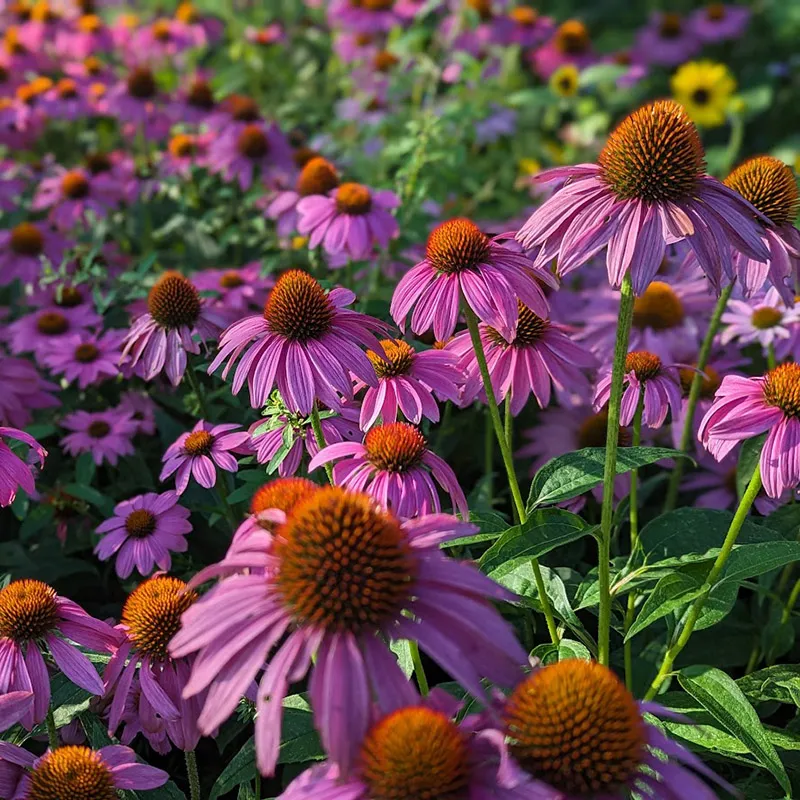
Also known as coneflower, echinacea is a popular immune-boosting herb, traditionally used to fight colds, flu, and infections. The roots, leaves, and flowers can be dried for teas, tinctures, or capsules. Echinacea contains compounds believed to stimulate white blood cell production and reduce inflammation. This hardy perennial loves sunny spots and well-drained soil, adding resilience and color to your medicinal garden.
6. Holy Basil (Ocimum sanctum / Tulsi)
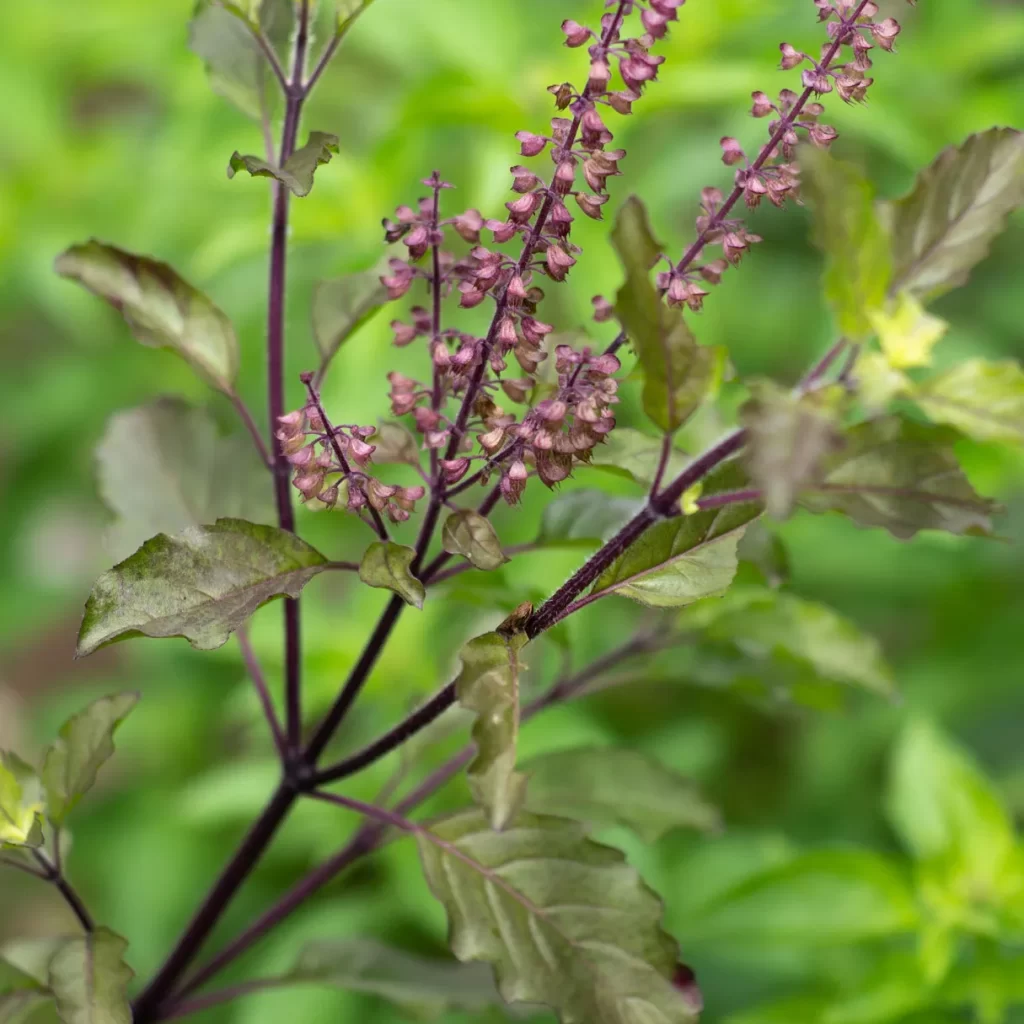
Holy Basil, or Tulsi, is a sacred plant in Ayurvedic medicine, praised for its adaptogenic properties that help the body cope with stress and maintain balance. Its leaves can be brewed into tea to combat respiratory issues, headaches, and digestive problems. Holy basil is rich in antioxidants and anti-inflammatory compounds. It grows best in warm climates with full sun and fertile, well-drained soil, thriving as both a garden plant and a potted herb.
7. Lemon Balm (Melissa officinalis)
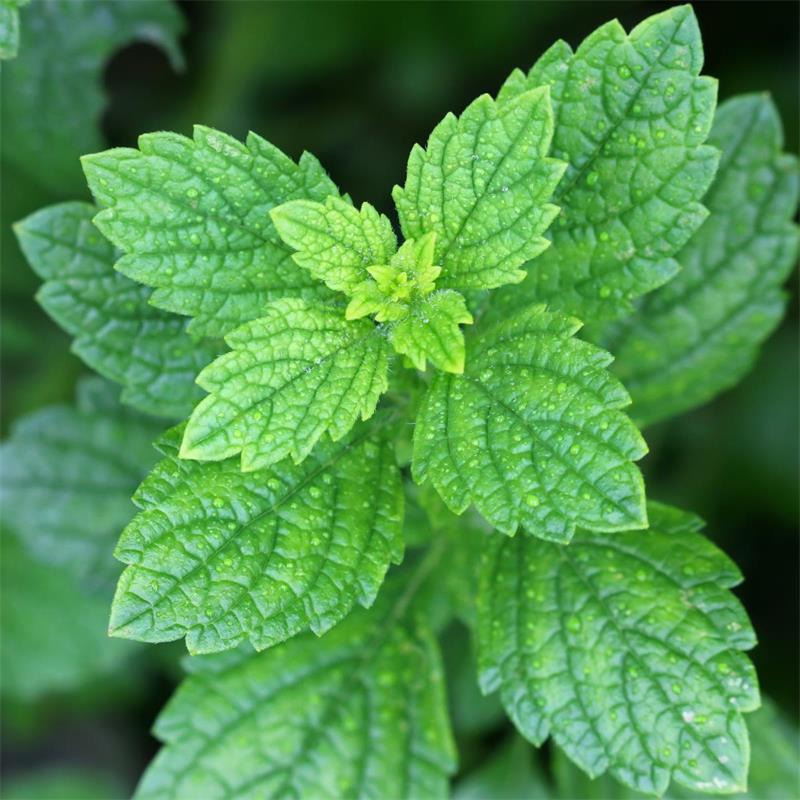
Lemon Balm is a citrus-scented herb in the mint family known for its calming and mood-enhancing effects. Often used to ease anxiety, improve sleep, and support digestion, its leaves can be steeped for tea or added to salads and desserts. It also works as a mild antiviral against cold sores when applied topically. Lemon balm grows well in partial shade with moist, well-drained soil and is ideal for container gardens or herb borders.
8. Calendula (Calendula officinalis)
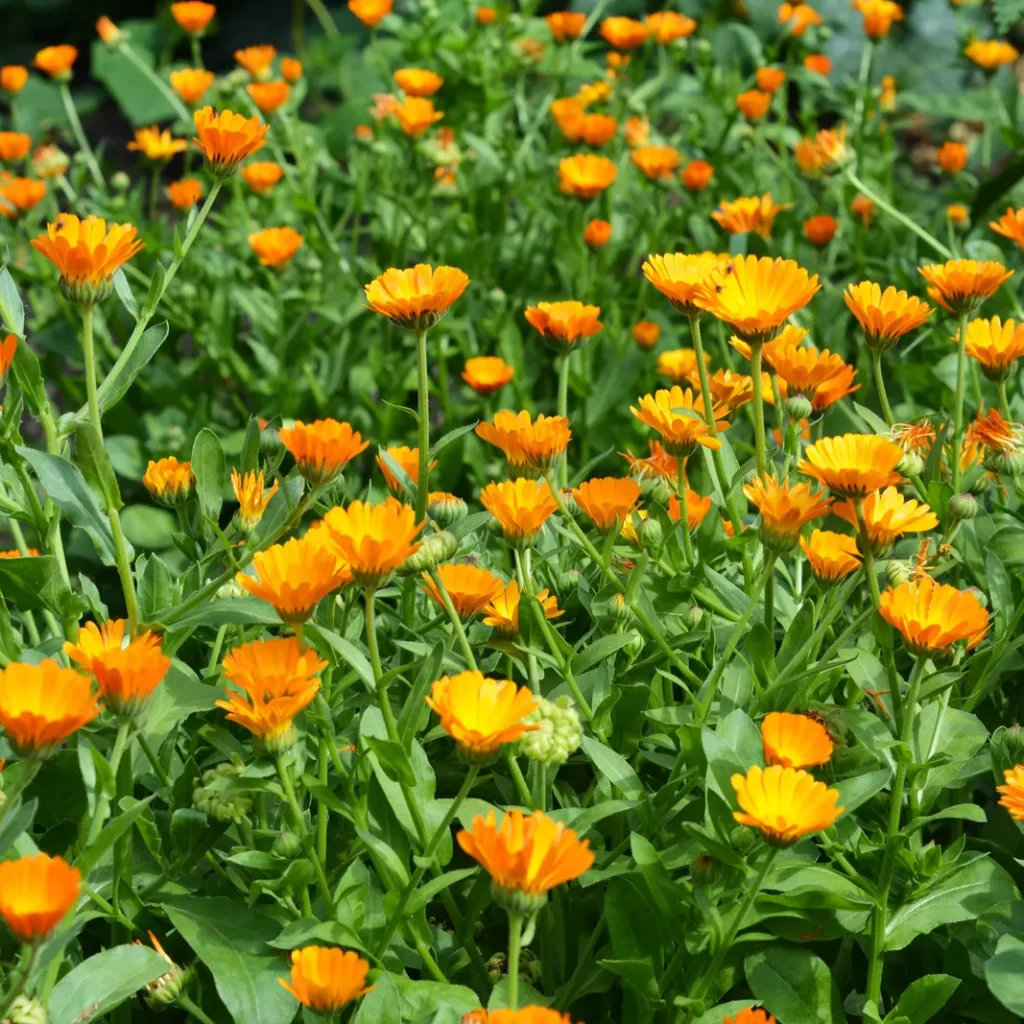
Calendula, also known as pot marigold, is prized for its bright, cheerful flowers with potent skin-healing properties. The petals contain anti-inflammatory, antimicrobial, and antioxidant compounds, making them excellent for homemade salves, creams, and soothing teas. Calendula is effective in treating minor cuts, burns, and rashes. This hardy annual thrives in full sun and moderately fertile soil, producing blooms from early summer to frost with regular deadheading.
9. Ginger (Zingiber officinale)
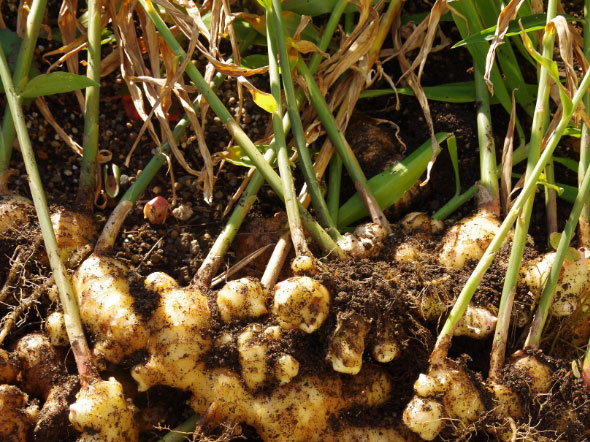
Ginger is a versatile medicinal plant known for its warming, anti-nausea, and anti-inflammatory properties. The rhizome (underground stem) can be grated into teas, soups, or smoothies to ease digestive discomfort, fight colds, and improve circulation. Fresh ginger also reduces muscle soreness and joint pain. It grows best in warm, humid conditions with rich, well-drained soil and filtered sunlight, making it a fantastic plant for pots or raised beds in tropical and subtropical climates.
10. Turmeric (Curcuma longa)
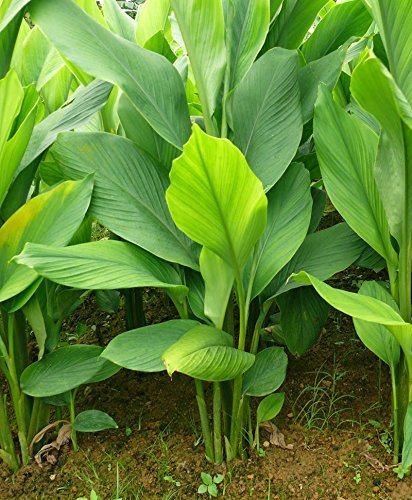
A close relative of ginger, turmeric is celebrated for its powerful anti-inflammatory and antioxidant effects, primarily due to the compound curcumin. Traditionally used to treat arthritis, digestive issues, and skin conditions, turmeric rhizomes can be dried, ground into powder, or used fresh in curries and teas. It thrives in warm, humid climates with loamy, well-drained soil. As a potted plant, it can also be moved indoors when temperatures drop.





